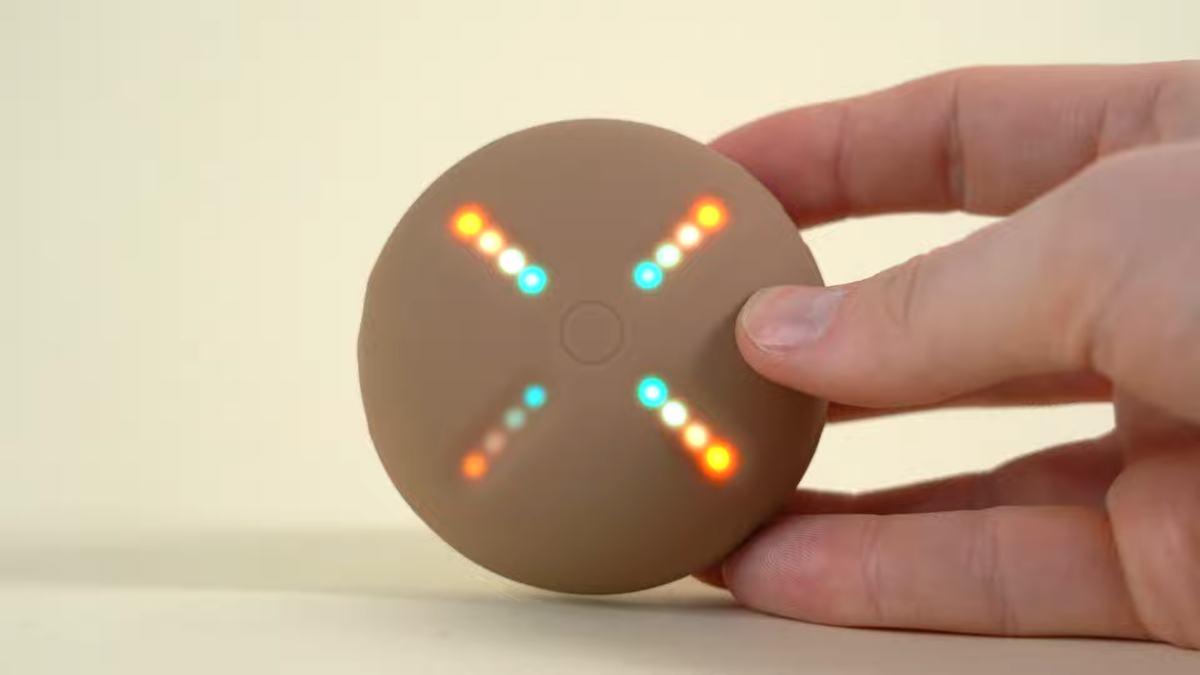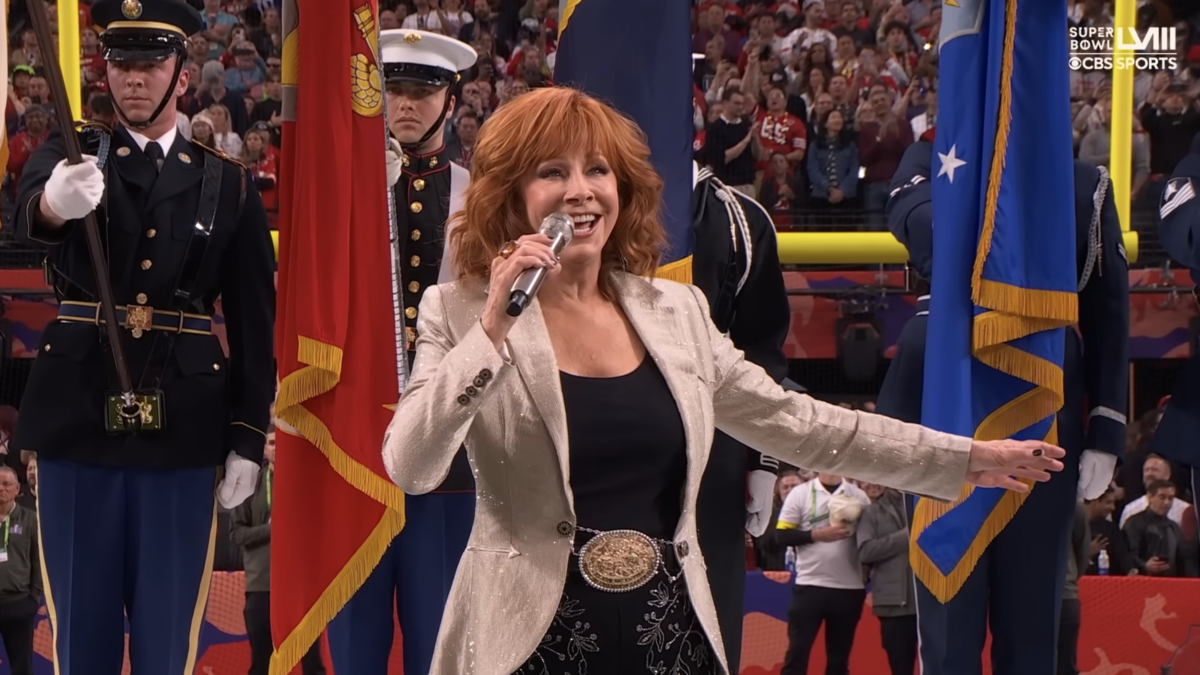Ye dropped a new album on February 22, but you can’t get it on vinyl. Nor can you buy a cassette or CD or even a digital download. You also can’t stream it.
In announcing why the only option for purchase is via Ye’s Stem Player, the artist said, “Donda 2 will only be available on my own platform, the Stem Player. Not on Apple Amazon Spotify or YouTube. Today artists get just 12% of the money the industry makes. It’s time to free music from this oppressive system. It’s time to take control and build our own.”
The Stem Player is not a streaming service. It’s not another Alexa, Siri, or Hey, Google. It’s a physical device, which you can connect to your stereo system via Bluetooth. Here’s where it gets different. You don’t download songs; you download mixes that you can then remix as you listen. It’s a hands-on experience.
Ye obviously did not spend as much on this website as he wants you to spend on the Stem Player. It’s all overlays and the only thing you can link to is the homepage, which is weak from a UX perspective, but you can go to it and click on “video” to get an idea of what Kanye is offering.
Mark Hemingway gets to why this is important:
The physical involvement of even just having to get out of your chair and flip a record over, it requires a degree of active participation and music-listening that wandering around with your AirPods permanently in, hitting skip, fast forward, whatever, just doesn’t do. And, so, to the extent that Kanye is trying to do something wholly original, where he’s even going to require people to buy a separate device, where they can remix it and they can do all sorts of crazy things with the player, he’s asking people to interact with the music in a very active way.
Ye’s approach here is unlikely to disrupt the industry, though maybe artists will embrace distributing mixes to his player, but his impetus is right. We have lost touch with what we consume, turning it into a passive act instead of an intentional one. We can all create our own personal soundtracks to play in the background rather than sitting down and truly consuming albums as they were intended.
There Will Always Be Mix Tapes
This is, of course, not new. One of the many highlights of the ‘80s and even the ‘90s, before CD burners hit the scene, was making a mixtape. But making a mixtape was involved.
You listened to the songs as you went, attempting to hit the pause button at just the right time so you could pop the next cassette or disk into the source device. You usually had to rewind just a little bit to make sure there wasn’t too much space between songs. You had to start over a time or two when you inadvertently rewound too far and recorded over the end of a song.
In other words, it was an active process. With Spotify, iTunes, and Tidal, it’s just a touch of the screen. You can add without listening. You never record over the end of the previous track on the playlist.
Not that it’s all bad. For starters, a month of Spotify, with its borderline limitless amounts of offerings, costs less, even ignoring inflation, than one CD used to cost in the ‘90s. Plus you can listen before adding something to your library. In the heyday of the CD, there was risk involved.
When I bought Pearl Jam’s “Ten,” for example, I did so because of a blurb about the band in Rolling Stone. I’d never heard even a second of one of the songs. My bet paid off. When Mark bought Alanis Morissette’s “Jagged Little Pill” because of the talent behind the scenes, including people like Dave Navarro and Flea, he was out $18.
Support Artists, Not Services
Record labels have brought us many great works, many new artists, and many hours of pleasure. And the cost of buying a CD that turns out to be a dud pale in comparison to the cost of developing an artist who releases a dud. Nonetheless, for anyone who’s familiar with the payment structure, it wasn’t surprising when ‘90s stars TLC declared bankruptcy at the peak of their success.
TLC’s problem wasn’t the label, it was their management team. Nevertheless, most artists don’t get a huge chunk of money from record sales, but from touring and selling merchandise. Studio costs, producers, marketing, and distribution can yield some returns, once the recoupables bucket is filled back up. Still, though, successful artists were able to make money.
Spotify pays artists a fraction of a penny per stream. Apple comes in much stronger, paying, on average, a whole penny per stream. Tidal is attempting to pay musicians more through direct artist payments, although it remains to be seen if it will actually benefit them. So even with the recoupables bucket, there’s a lot more money to be made on actual sales, particularly when you want to support artists you love.
Buying Physical Music Nourishes Our Souls
The worst technological advancement in music since the advent of recorded music was the skip button. It’s also the best advancement, but it helped to remove us from the experience. Hitting fast forward on a cassette was an infuriating chore. Moving the needle on a record player is more precise, but still a pain. The skip button avoids all that, especially for those times when we want to listen to specific tracks.
It also prevents us from getting immersed in the overall work as the artist intended it. We no longer listen to titles in their entirety, reading the liner notes, checking out the artwork, and following the lyric sheet as we go. Instead, we hit skip or go to an entirely different album, because all it takes is the tap of a button on our laptop or phone screen.
Buying a title on vinyl easily overcomes that because of said hassle in skipping songs. With CDs, we have to leave the remote control alone. Because over time, we may learn to love those songs we were inclined to skip even more than the easily accessible ones that we initially favored.
Even if we don’t, listening to every track on an album adds tension as we await our favorite jams. It makes the payoff greater when we get the tune we were longing for. Foreplay isn’t just for the bedroom, after all. In an on-demand world, sometimes the best thing we can demand from ourselves is patience.
With the Stem Player, Ye is asking people to do just that. He’s pushing us to fully engage with “Donda 2” rather than passively turning it on while we scroll our phones or otherwise stay out of the moment the music offers. We should listen.
For the full discussion on the music industry, vinyl, and Kanye with Mark Hemingway, Brad Jackson, and me, click here.









